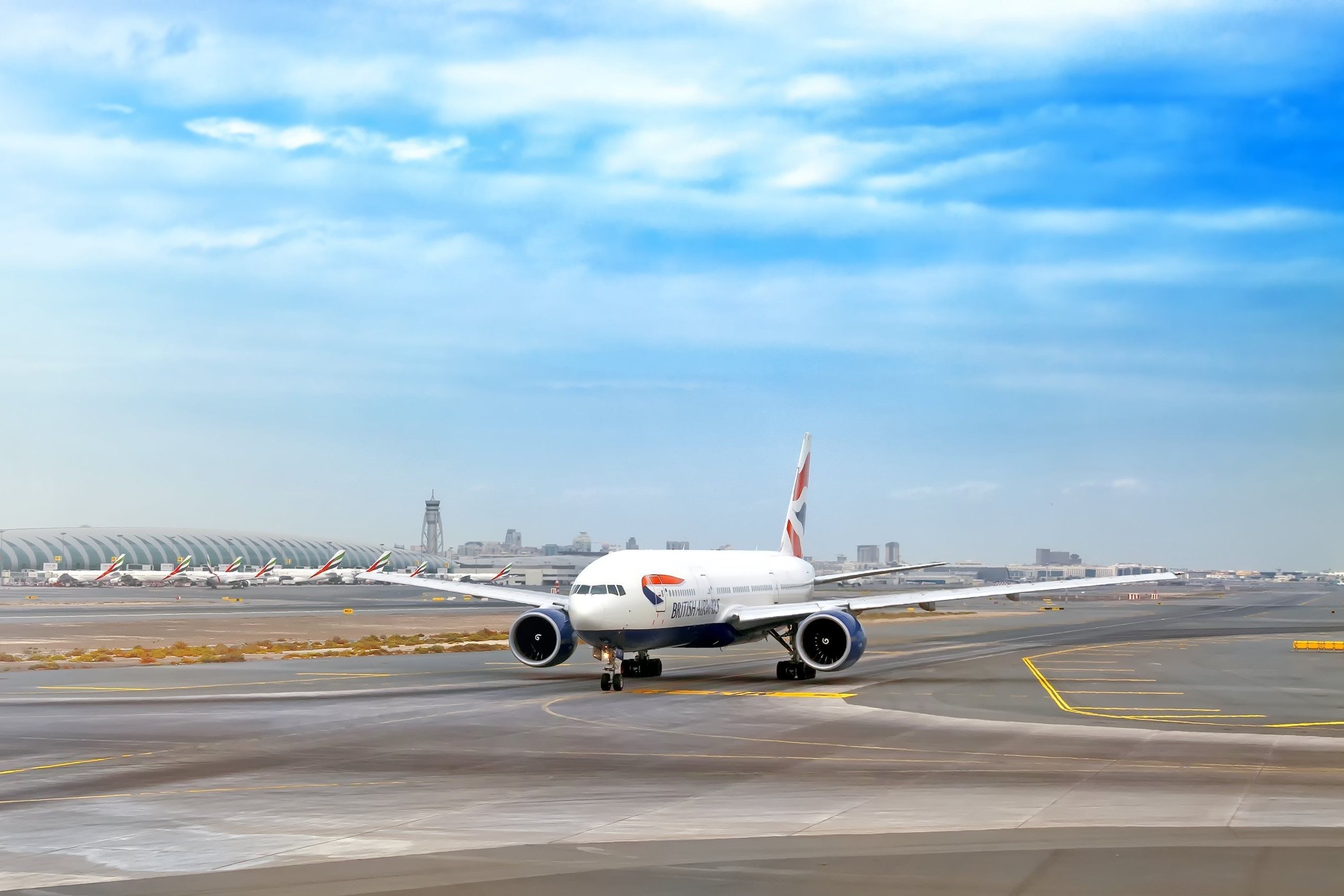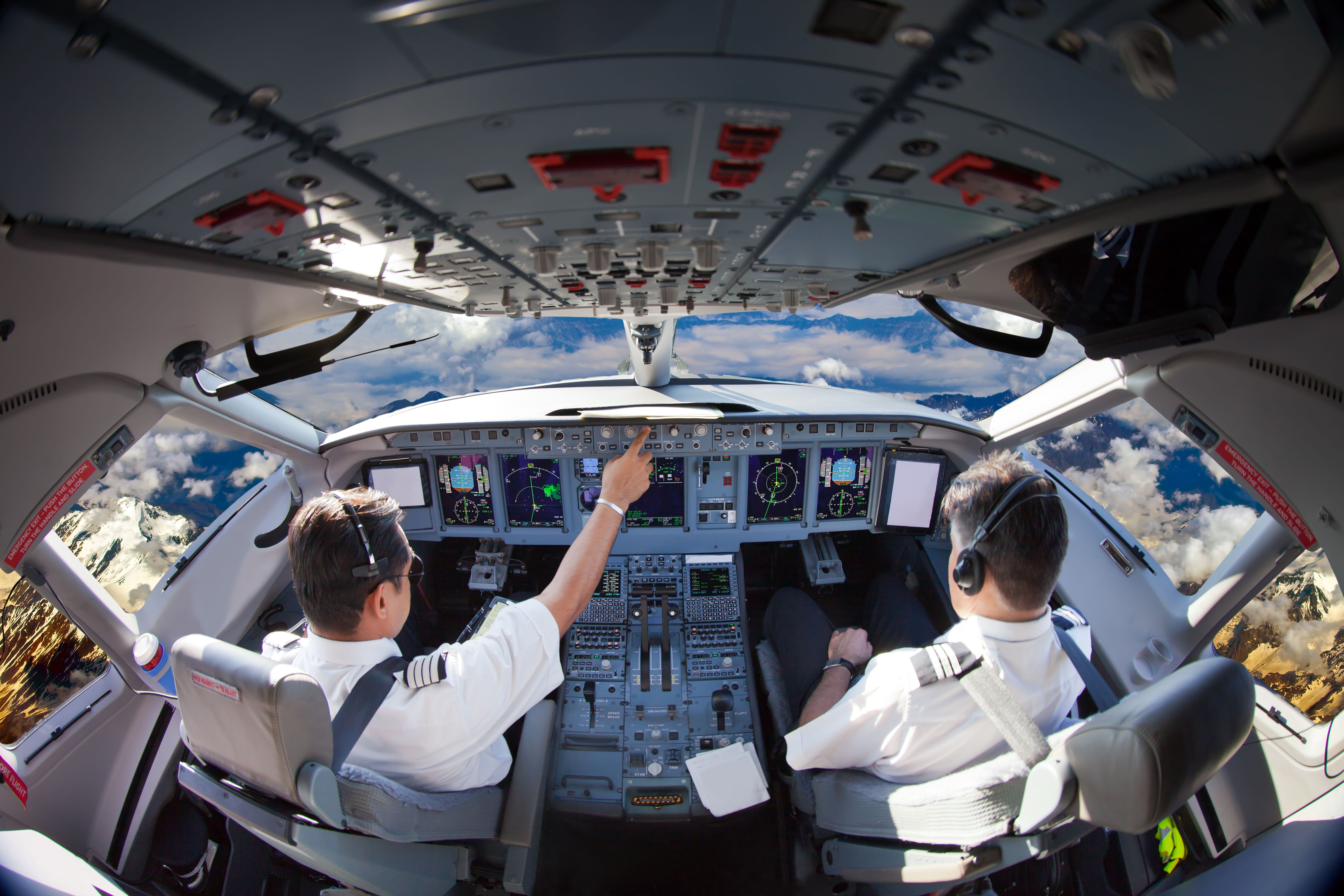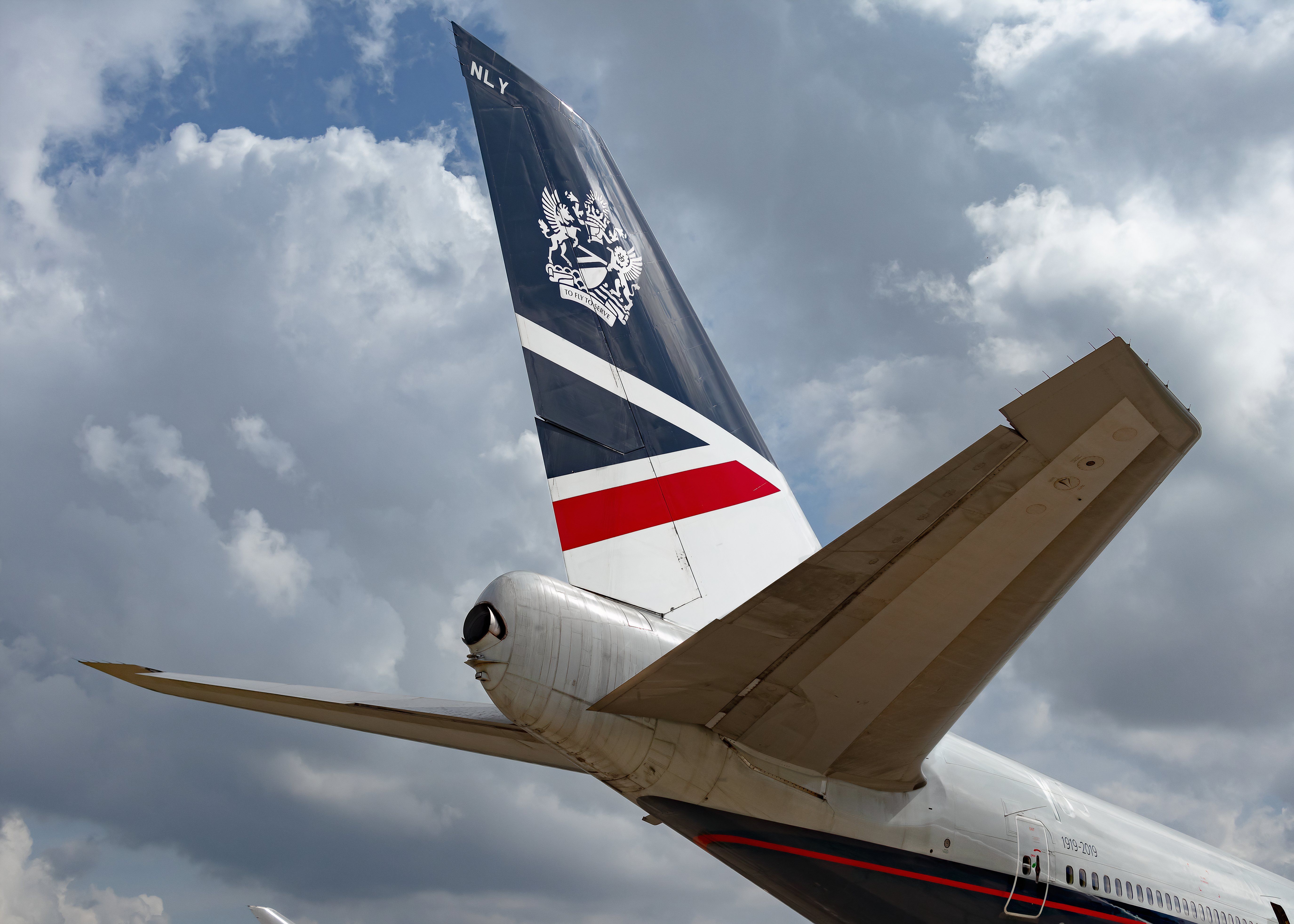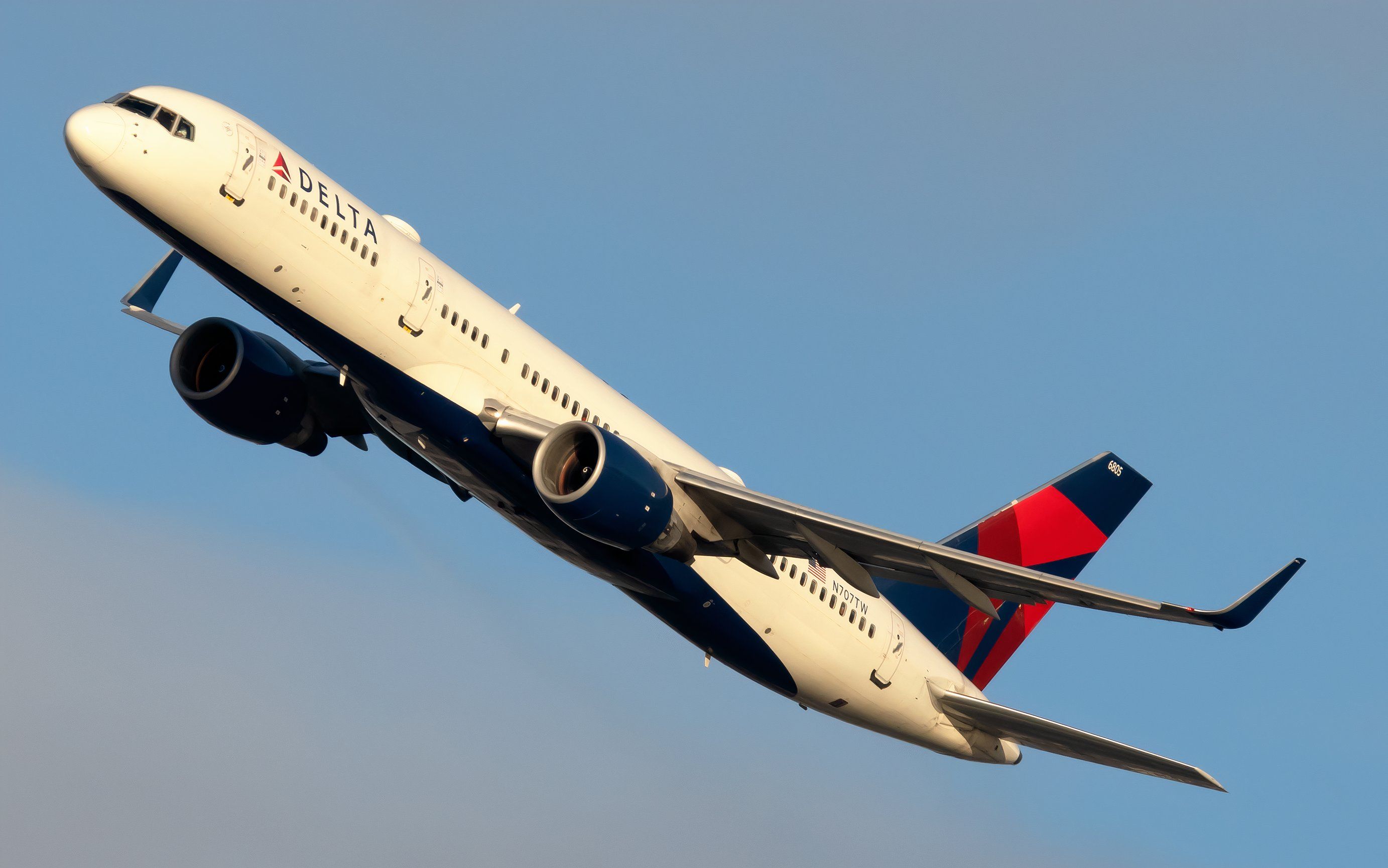Summary
- “Trimming” refers to moving small tabs on flight controls to relieve control pressures.
- Trim balances control inputs and maintains a desired pitch attitude for a given power setting.
- Proper trim settings before takeoff and during flight enable smooth, stable flying.
The easiest and most efficient way to fly a plane is by making as few control inputs as possible in the air. Every time a control is moved, a flight surface is deflected, resulting in drag and a (slight) aerodynamic penalty. Constantly making control inputs can also result in oscillations and might make a pilot (and their passengers) feel like they are “fighting” with the plane. Like driving a boat or car, smooth, even, and small inputs are the best way to fly.
What is trim?
Every plane, from Cessnas to airliners, has a feature designed to keep the flight controls as neutralized as possible in-flight: trim. Trim is a secondary flight control system that incorporates small tabs on the ailerons, the rudder, and, most commonly, on the elevator. These tabs are moved (either electrically or mechanically) by cables connected to the pilot’s control column, stick, or a wheel in the middle of the pedestal. The result of moving these tabs, which are relatively small to the control surface on which they are integrated, is a small yet measurable amount of deflection that pilots use to balance the force of their control inputs so that practically no input is needed. This balancing is known as “trimming.”
Photo: Abdul N Quraishi – Abs I Shutterstock
Pilots make sure that the trim is set correctly before every takeoff. Small general aviation planes have tick marks or indicator bands where the trim wheel should be moved while airline pilots set their elevator trim based on takeoff performance calculations. Takeoff requires a certain number of units of nose-up trim. When the plane takes off, this nose-up trim results in only small forces needing input to maintain the proper climb attitude and speed. Pilots must then re-trim when they level off or change the power setting. Flight instructors reiterate the importance of this to students with the phrase “pitch, power, trim.” The trim must also change whenever the pitch or power setting(s) change.
How trim practically works
A poignant demonstration of how trim works is to change the power setting in cruise in a general aviation plane. After leveling off at altitude and setting the power for a desired speed, pilots can use elevator trim to reduce the control pressure so that they barely need to move their noses up or down to maintain a level, unaccelerated flight. After this is completed, the power can be advanced or reduced.
If nothing else is done, the plane will initially accelerate or decelerate with the power change, and then the nose will rise (if power was added) or fall (if power was reduced). The plane will pendulum for a bit, but after a little while into a climb or descent at the same airspeed, it was in level flight before the pilot changed the power setting. The takeaway: Trim locks in a pitch attitude at a given power setting to hold airspeed.

Related
How Do Pilots Navigate The Complex Taxiways Of Major Airports?
Pilots rely on advanced equipment and other cockpit resources for navigation.
Rudder trim
Trim can also be used to adjust rudder pressure. Multi-engine planes have trim tabs mounted on the rudder to assist pilots in single-engine operations. Single-engine flight produces large amounts of adverse yaw that must be counteracted with rudder pressure. Pilots quickly tire from making the proper amount of rudder inputs and can be distracted, so using rudder trim is particularly helpful in engine-out scenarios. Since we know that trim is used to lock in a control surface setting given a pitch and power setting, pilots are trained on general trim values to use as references in the event of an engine failure. For example, a Boeing 757 needs about 15 units of rudder trim while climbing on one engine, 10 units in level flight, and five units while descending.
Photo: Vincenzo Pace I Simple Flying
Aileron trim
Most airliners feature aileron trim in addition to elevator and rudder trim. Aileron trim is used after takeoff if pilots find that the plane needs constant aileron input to maintain a straight flight path. You can crudely think of it as a car with a slight alignment issue. The need for aileron trim can result from a fuel imbalance, passenger or cargo loading, or just a plane’s age. Aileron trimming is usually very slight, if at all, and is used only after applying any required rudder trim.
Stable, smooth flying
Flight control trim affords pilots the ability to fly with grace and precision. Every airline pilot’s goal is to “fingertip fly,” which is to say that we want to be able to maneuver with very light and measured control inputs. It is more complicated to fly without trim because a pilot is forced to “fight the controls” if they are out-of-trim and heavy.
After flying for a while, new pilots start to correlate flying faster with the need for more nose-down trim, while slower flight requires nose-up trim. Good pilots who know their planes well can anticipate trim value changes with corresponding pitch and power changes and make the proper adjustments seamlessly.
Final thoughts
One last point about trim: Most (but not all) autopilots can control elevator trim while in use, but the pilots are usually the sole manipulators of rudder and aileron trim. Trying to engage an autopilot while the plane is severely out of trim will result in the autopilot either not being engaged or kicking off. Maintaining the balance of flight by using trim is one of the essential things pilots do, and it needs to be paid attention to during every phase of flight.

Related
How Do Autopilot Systems Work?
The system is a staple in commercial aviation.


